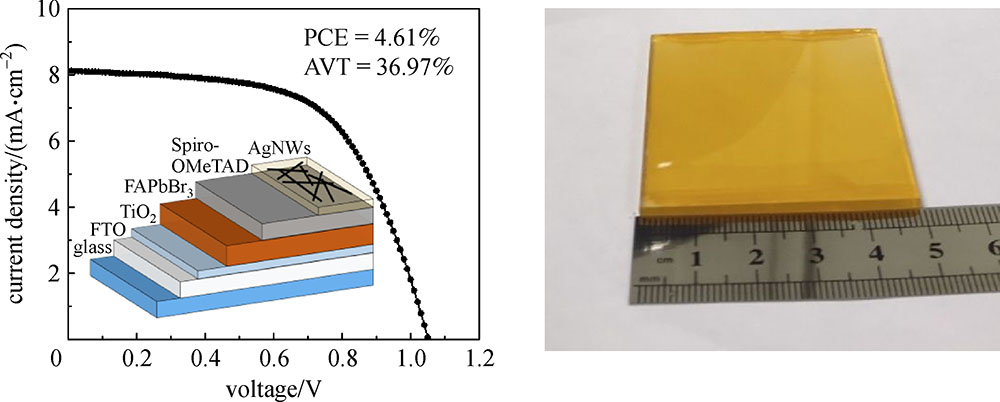With the goal of the abovementioned applications, it would be beneficial to prepare large-scale PSCs under ambient conditions to keep production costs as low as possible. The development of high-yielding printing methods is crucial for rapid and cost-effective production. However, most of the reported devices have been fabricated via spin coating with active device area of <1 cm
2. Therefore, an alternative route for the large-scale output of perovskite film is preferred. In the past few years, large-scale printing processes have been reported, such as spray coating [
10], soft-cover deposition [
11], doctor-blade coating [
12–
14], and slot-die coating [
15,
16]. Due to the simplicity of doctor-blade coating, this method has successfully drawn the attention of researchers and has become one of the most widely used methods in laboratories. Meanwhile, blade coating is a printing method that is highly compatible with high-yielding roll-to-roll coating [
17,
18]. In contrast to spin coating, there is no doubt that doctor-blade coating is a cost-effective and simple process that has a great advantage in utilizing the rheological characteristics and drying kinetics of precursor solutions [
19]. In 2015, blade coating was used in PSC fabrication for the first time achieving an ~15.0% PCE [
18]; this efficiency then very quickly increased to 19.0% for small-area devices [
14,
20]. Due to the increased difficulty of film morphology control during blade coating [
21], it is generally more difficult to obtain high-quality films with blade coating than with spin coating [
5]. How to control the uniformity of bladed-coated films is the main obstacle to obtaining large-area devices with high performance.









